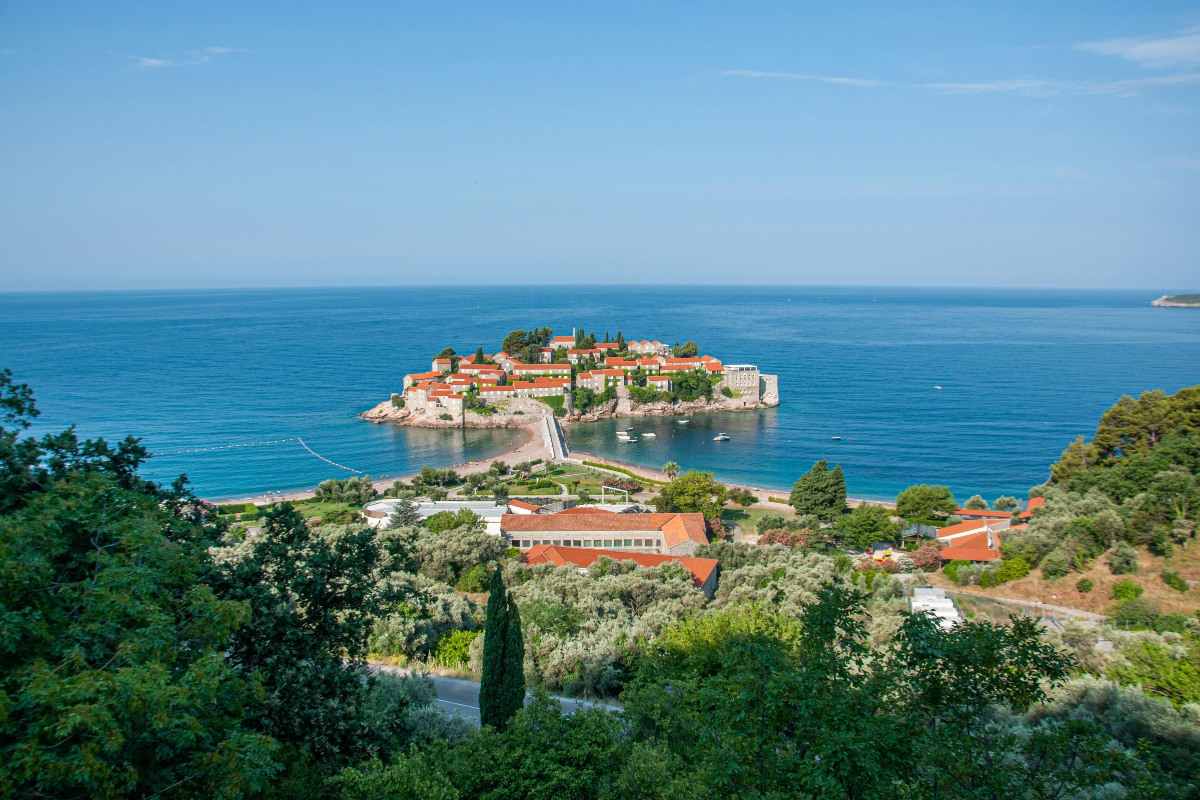Europe is heating up at an alarming and unprecedented pace, making it the fastest-warming continent. The latest findings from the European State of the Climate (ESOTC) report for 2023 have shed light on a grim reality. Europe is warming up at nearly twice the global average rate, leading to deadly heatwaves, severe flooding, and record-breaking wildfires. This alarming rate of warming brings a host of lethal consequences, from heat-related deaths to economic losses in billions of euros.
According to the ESOTC report, jointly issued by the Copernicus Climate Change Service (C3S) and the United Nations’ World Meteorological Organization, temperatures in Europe are rising 2.3 degrees Celsius above preindustrial levels, compared to 1.3 degrees Celsius globally. The stark difference underscores Europe’s vulnerability to climate change, with 2023 marking the second warmest year on record. The report highlights the severe impact of climate change on human health, with heat-related deaths increasing by almost 30% over the last two decades.
The Heat’s Effects
Southern Europe, including areas like southern Spain, experienced between 60 and 80 days of “strong heat stress,” with certain regions facing over 80 days of “very strong heat stress.” These conditions put older adults, outdoor workers, and other vulnerable groups at significant risk, exacerbating existing health conditions and increasing the likelihood of heat-related illnesses such as heatstroke and heat exhaustion.
Moreover, the continent faced its largest ever recorded wildfire in Greece, alongside severe floods that wreaked havoc across various regions. These extreme weather events have claimed lives and led to economic losses estimated at more than 13.4 billion euros in 2023 alone. While the situation is dire, there’s a glimmer of hope in Europe’s rapid transition to renewable energy sources.
For the second consecutive year, in 2023, Europe generated more electricity from solar, wind, and other renewables than fossil fuels. This move towards greener energy sources is a crucial step in mitigating the effects of climate change and reducing the continent’s carbon footprint.
Europe Is The Fastest-Warming Continet
Climate experts point to Europe’s geographic positioning as a critical factor. The continent lies directly below the Arctic, the fastest-warming region globally, and is surrounded by rapidly warming oceans. The rates of surface ocean warming for the eastern Mediterranean Sea, the Baltic and Black seas, and the southern Arctic are three times more than the global average.
The increasing temperatures and intensification of climate extremes, including heat stress with record temperatures, wildfires, heat waves, glacier ice loss, and lack of snowfall, are a clear call to action. As Europe faces the brunt of climate change, the need for targeted strategies to speed up the transition to renewable resources and develop resilient infrastructures has never been more urgent. The continent’s warming trend is a red alert for the world. It signals the dire consequences of inaction and the pressing need to combat the climate crisis head-on.





